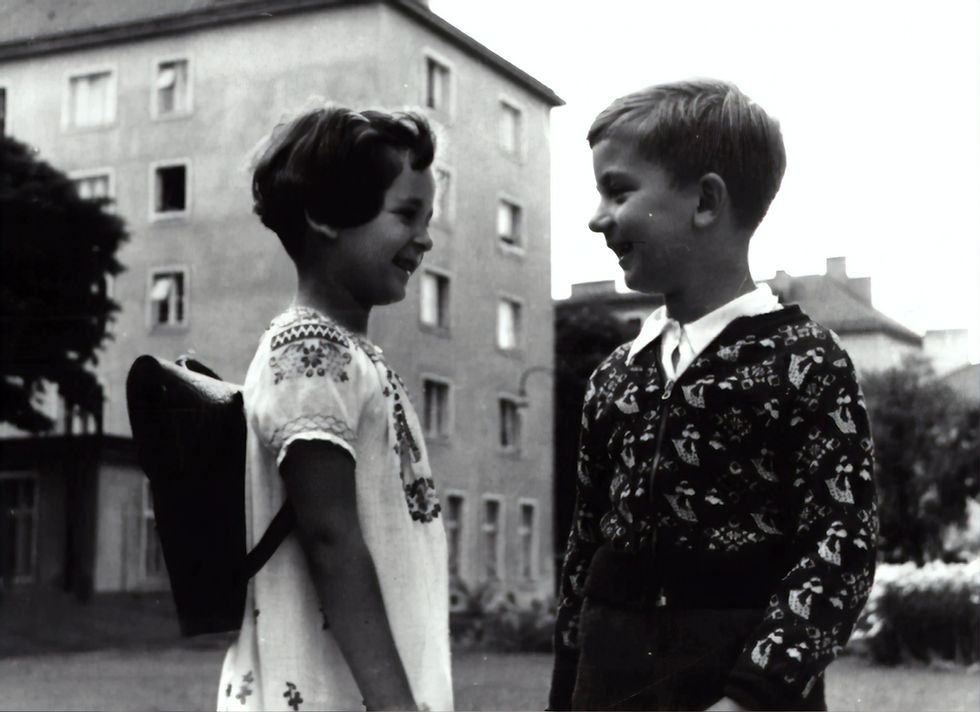Empowering Students to Effectively Communicate and Overcome Challenges

Whether you witnessed it firsthand in your classroom or heard numerous reports about it in the news, there is no denying that children's social skills have suffered during the COVID-19 lockdowns, and they have not yet fully recovered (Campbell, 2021). The lack of face-to-face interaction and the isolation behind screens during key developmental years undeniably left a mark on how students interact with each other. While progress has been made, teachers and parents are still working to repair the social harm resulting from the school closures in 2020 and 2021 (Bowman, 2023).
This lack of development in social skills becomes even more apparent in situations that require conflict resolution among children, which brings me to a strategy that I believe would be beneficial for parents and teachers when teaching children how to handle disagreements.
The use of "I statements" has been growing in popularity among mental health professionals online and has been supported by academic research. As Rogers, Howieson, and Neame (2018) explain, language that uses "I" to express one's perspective brings a level of transparency and honesty to a conversation, fostering openness and reducing the potential for hostility among those involved. I have observed this firsthand as a teacher resolving conflicts among students in the classroom and as a principal when I had to mediate between two students who had gotten into an altercation.
There are excellent articles online from mental health professionals who have integrated this concept into a protocol for conversations (Growth Wellness Therapy, n.d.; Relationships Australia NSW, n.d.). The approach I would like to share with you is the one I have used countless times to resolve conflicts among students (and even staff members, myself included). It is a technique I learned from an education mentor of mine in Alberta, named Bryan Richardson. The structure is as follows:
I feel ________________
When you ________________
Because _______________
I need you to ______________
For example, if a student comes to you and shares how another student did something mean to them that they did not like, you can intervene by bringing both students together. The hurt student can express themselves following that structure first, and then the other student can do the same in response. Often, a disagreement among children arises from a misunderstanding. This style of communication encourages both parties to express themselves in a way that does not antagonize the other and ensures that both feel heard.
Sources:
Bowman, M. (2023). Children’s socialization and social skills post-COVID. Mayo Clinic Press. https://mcpress.mayoclinic.org/parenting/childrens-socialization-and-social-skills-post-covid/
Campbell, L. (2021, October 31). The impact of COVID-19 on children's social skills. Forbes. https://www.forbes.com/sites/leahcampbell/2021/10/31/impact-of-covid-19-on-childrens-social-skills/
Growth Wellness Therapy. (n.d.). The power of "I statements". https://www.growthwellnesstherapy.com/
Relationships Australia NSW. (n.d.). How to use "I statements" in conflict resolution. https://www.relationshipsnsw.org.au/
Rogers, S. L., Howieson, J., & Neame, C. (2018). I understand you feel that way, but I feel this way: The benefits of I-language and communicating perspective during conflict. PeerJ, 6, e4831. https://doi.org/10.7717/peerj.4831
Comentários